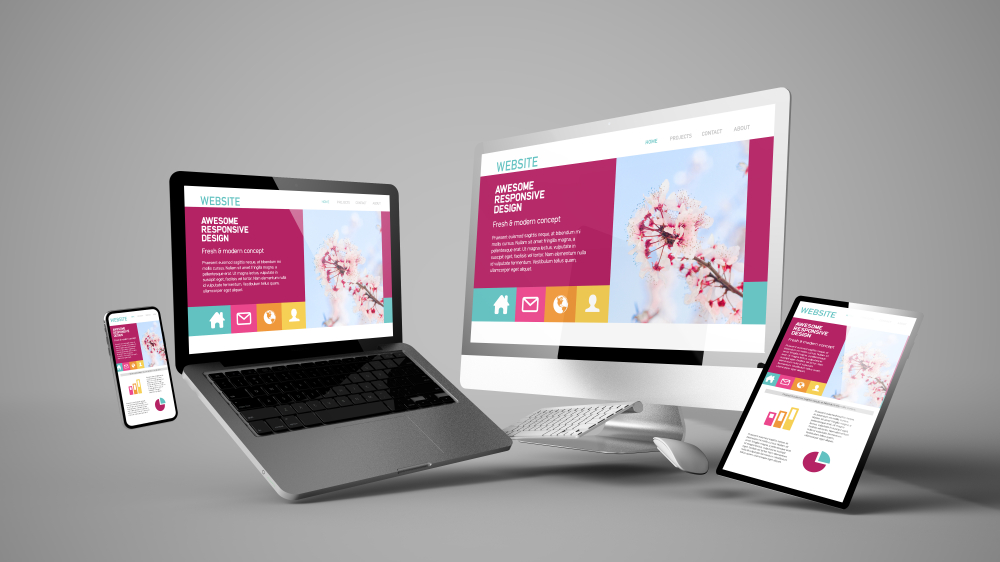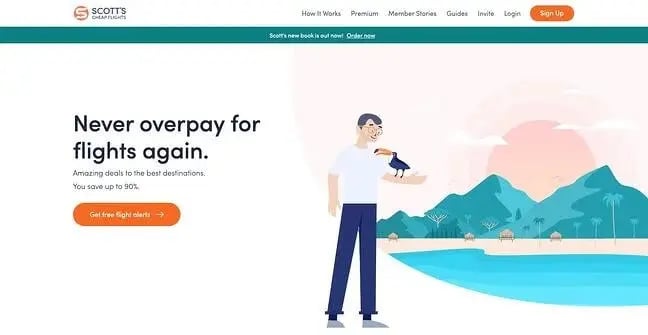How a Clean and Simple Website Design Can Enhance Your Site’s Usability
How a Clean and Simple Website Design Can Enhance Your Site’s Usability
Blog Article
The Ultimate Guide to Modern Web Site Layout Trends
In the ever-evolving digital landscape, contemporary site design fads play a crucial function in forming customer experience and involvement. From the increase of minimalist style concepts that focus on simpleness to the effect of strong typography in specifying brand identification, each component adds to a cohesive on-line existence.
Minimalist Design Concepts
Minimalist layout principles highlight the concept that much less is more, supporting for simplicity and performance in visual communication. This technique remove unnecessary elements, focusing rather on important components that communicate the designated message effectively. By focusing on clearness, minimalist design boosts user experience, permitting visitors to navigate websites effortlessly.
Core tenets of minimal style include making use of enough white area, which develops a sense of balance and organization. This negative space not only directs the viewer's focus to crucial elements however additionally promotes a calming aesthetic atmosphere. Additionally, a minimal color palette is commonly used, utilizing monochromatic plans or soft tones to preserve aesthetic communication and prevent overwhelming the user.
Typography plays a vital duty in minimal style, where legible fonts are picked for their simplicity and effectiveness in communicating web content. Inevitably, minimalist style principles grow a focused environment that encourages customers to involve with the content, improving the total effectiveness of contemporary internet site design.
Bold Typography Options
Accepting vibrant typography selections has actually come to be a specifying attribute of contemporary web site layout, as it successfully captures focus and shares strong messaging. Developers are significantly utilizing typography not merely as a practical aspect yet as an essential aesthetic component that enhances the total visual and individual experience.

Moreover, the juxtaposition of vibrant typography with minimal style principles allows for striking contrasts, improving readability while keeping aesthetic appeal. The usage of whitespace around vibrant text even more stresses its value, making certain that the message resonates with the audience.
As digital landscapes end up being much more affordable, leveraging vibrant typography allows brands to separate themselves and leave an enduring impression. The careful option of typefaces and their application can evoke emotions, develop tone, and drive action, making bold typography a vital device in contemporary web site layout. Inevitably, it is a powerful means to improve narration and ensure that crucial messages are not only seen however also felt.
Mobile-first and responsive Design
Mobile-first and responsive style has emerged as a critical concept in contemporary website growth, mirroring the raising dependence on mobile gadgets for accessing on-line content. As customer habits shifts towards mobile browsing, developers need to focus on producing experiences that adapt perfectly across different screen dimensions and resolutions.
A receptive style guarantees that a website immediately readjusts its layout, pictures, and performance based on the tool being used. This method enhances customer experience by offering constant navigation and readability, regardless of whether the site visitor is on a mobile phone, desktop, or tablet computer computer system. Moreover, useful reference mobile-first layout advocates for developing sites originally for smaller screens, consequently scaling as much as bigger display screens. This method motivates a much more structured and efficient design process, concentrating on necessary material and capability initially.
Applying mobile-first and receptive concepts not only accommodates customer choices but also aligns with search engine optimization (SEARCH ENGINE OPTIMIZATION) methods. Significant search engines, like Google, focus on mobile-friendly websites in their positions, making it imperative for organizations to take on these layout strategies. In an affordable electronic landscape, embracing mobile-first and responsive style is not simply an option; it is necessary for making sure accessibility and interaction with a additional info varied target market.
Engaging Microinteractions
Microinteractions play a pivotal duty in enhancing user engagement and overall site experience, especially in the context of responsive and mobile-first design. These subtle style elements offer immediate feedback to individuals, making communications more delightful and instinctive. Instances Your Domain Name consist of switch computer animations, notice informs, and loading signs, which not just overview individuals however additionally develop a sense of link with the interface.
Incorporating engaging microinteractions can considerably boost use by minimizing cognitive tons. When individuals get aesthetic or auditory comments upon carrying out activities, such as clicking a switch or sending a kind, they feel a lot more certain in their choices. This fosters a smoother navigating experience, eventually raising customer retention.

As website design fads remain to develop, the value of microinteractions can not be overstated. They act as the refined yet powerful touchpoints that change common interactions right into remarkable experiences, thereby boosting the general effectiveness of modern-day internet style.
Sustainable Internet Design Practices
Lasting web design methods are becoming progressively important as the electronic landscape grows and environmental issues climb. Programmers and designers are acknowledging their obligation to produce sites that not only serve user demands but likewise decrease ecological effect. This technique incorporates numerous key techniques.
First of all, maximizing energy intake is vital. Internet sites ought to be made to fill rapidly and efficiently, which lowers server power use and improves customer experience. Strategies such as image compression, decreasing HTTP requests, and using modern coding methods add considerably to this goal.
Second of all, picking environment-friendly organizing suppliers is crucial - website design. Several organizing business are currently powered by renewable resource resources, enabling websites to operate in a much more lasting fashion. This selection mirrors a commitment to decreasing carbon footprints
Furthermore, taking on a minimalist design can boost sustainability. Less components on a web page result in less data transfer, which not just accelerates loading times but additionally conserves sources.
Finally, promoting electronic accessibility ensures that internet sites reach a larger target market without unneeded bloat, straightening individual experience with environmental responsibility. By incorporating these lasting techniques, web developers can add favorably to both individual interaction and the world's health.
Conclusion
In summary, modern site layout trends emphasize the combination of minimal concepts, bold typography, and receptive design to boost customer experience. Adopting these trends is important for developing impactful digital experiences that reverberate with users in an increasingly competitive on the internet landscape.
In the ever-evolving electronic landscape, contemporary website layout patterns play an essential function in shaping customer experience and involvement. By prioritizing clarity, minimal layout boosts user experience, permitting visitors to navigate websites effortlessly.
Inevitably, minimalist style principles grow a focused setting that motivates users to involve with the content, improving the overall efficiency of modern web site design.Microinteractions play a critical duty in improving customer engagement and total website experience, especially in the context of mobile-first and responsive layout.In summary, contemporary internet site design patterns stress the integration of minimalist concepts, vibrant typography, and responsive style to boost user experience.
Report this page